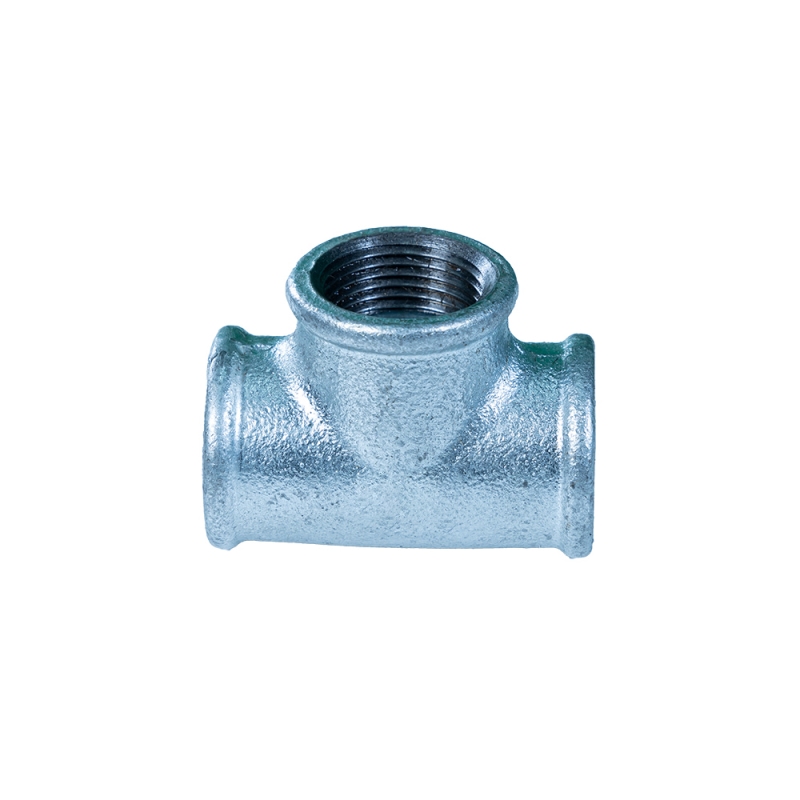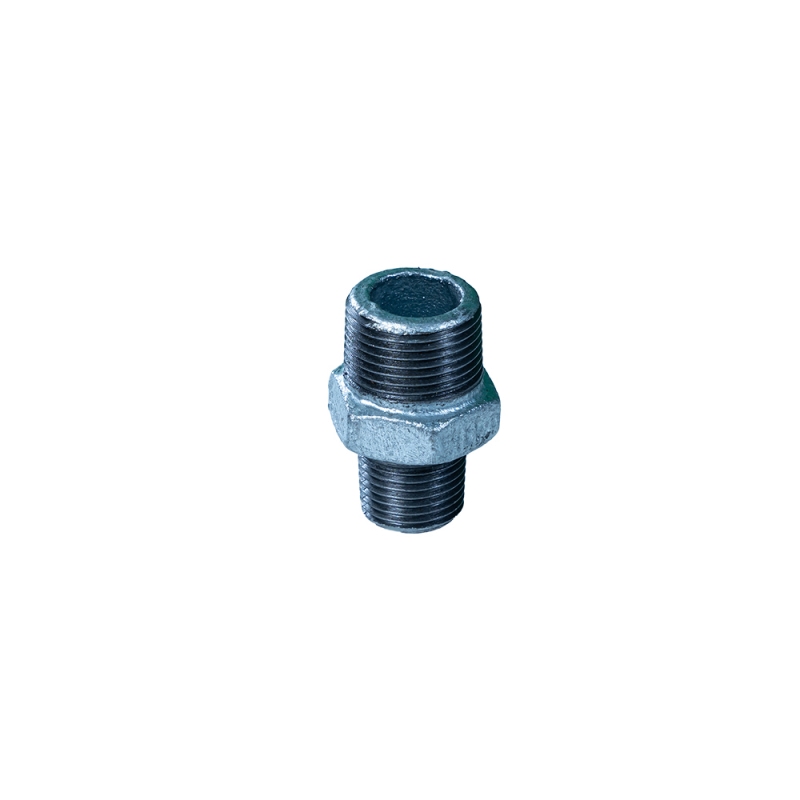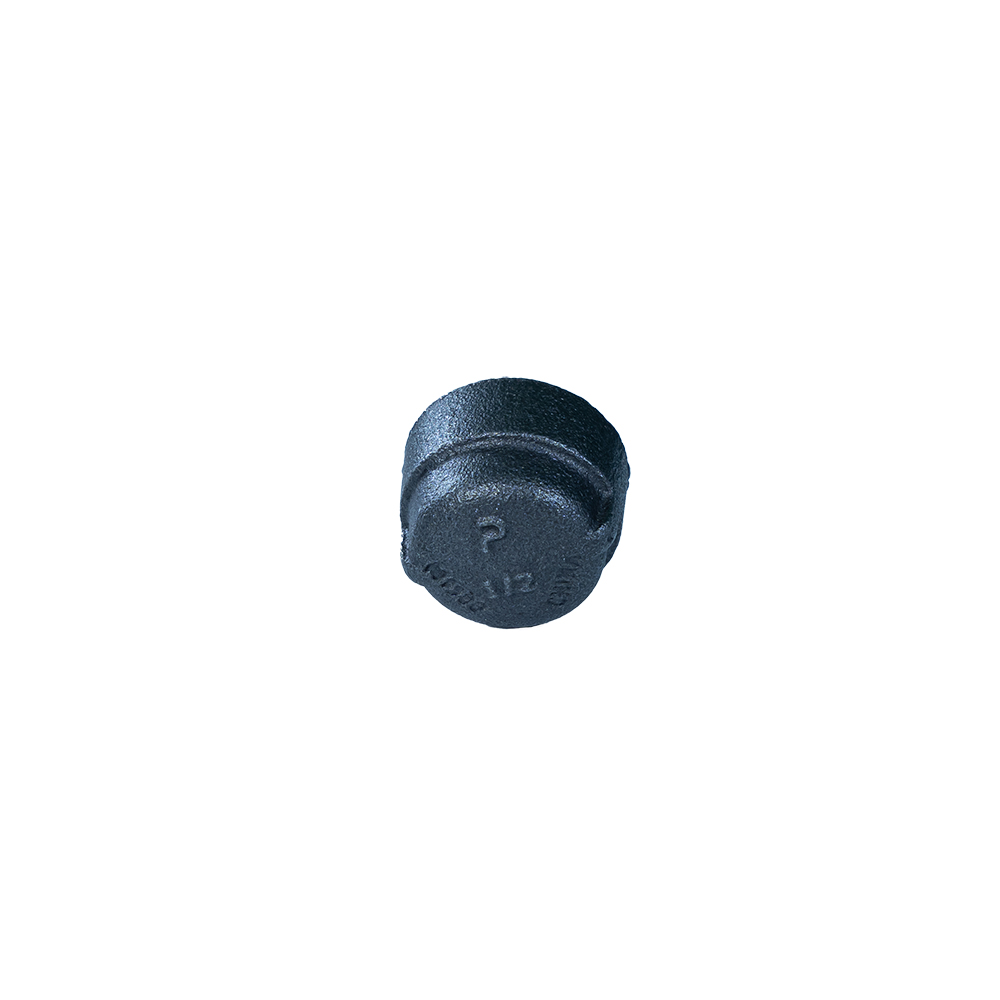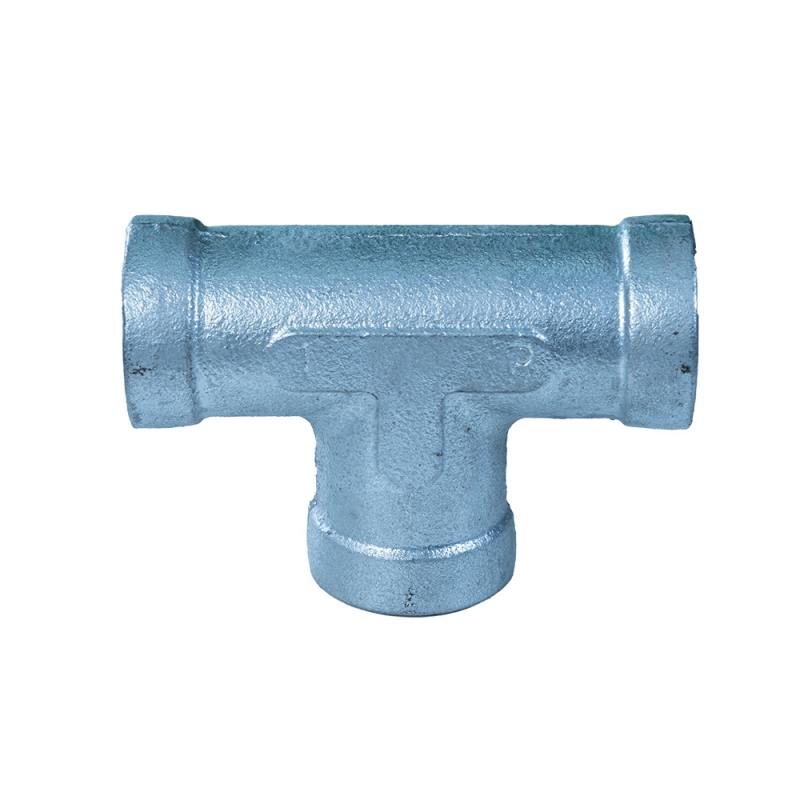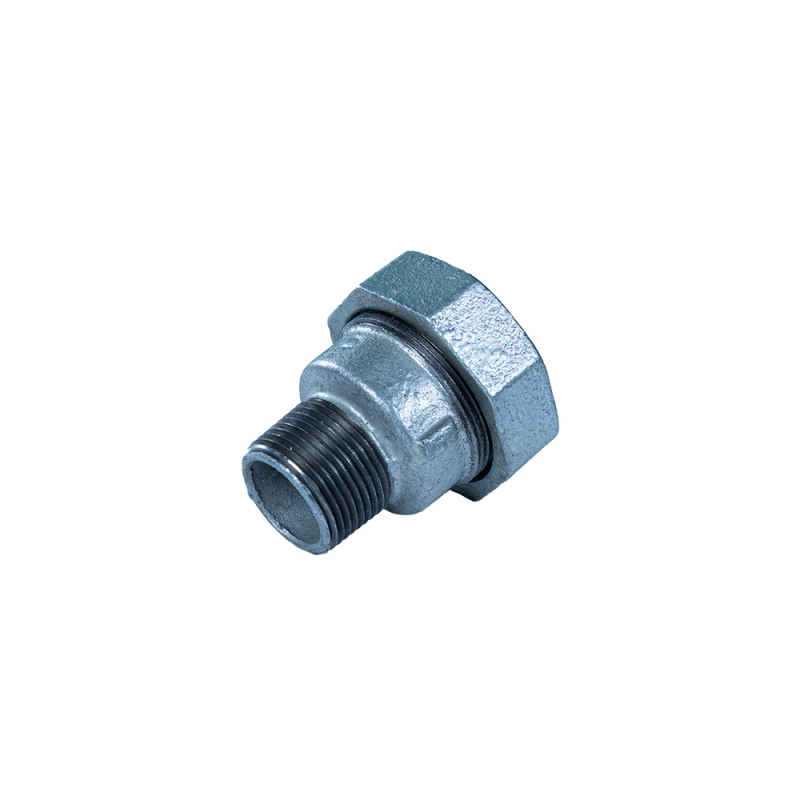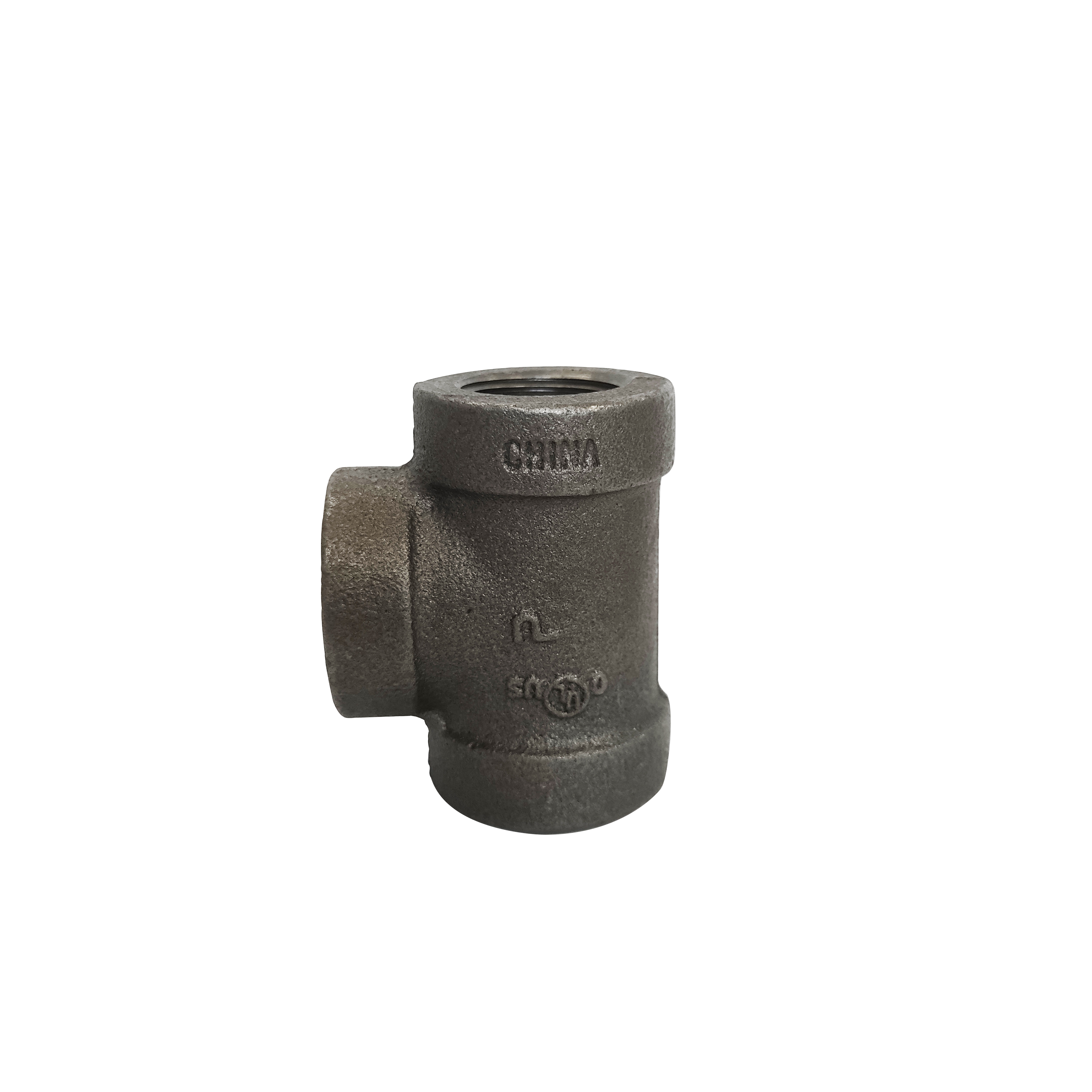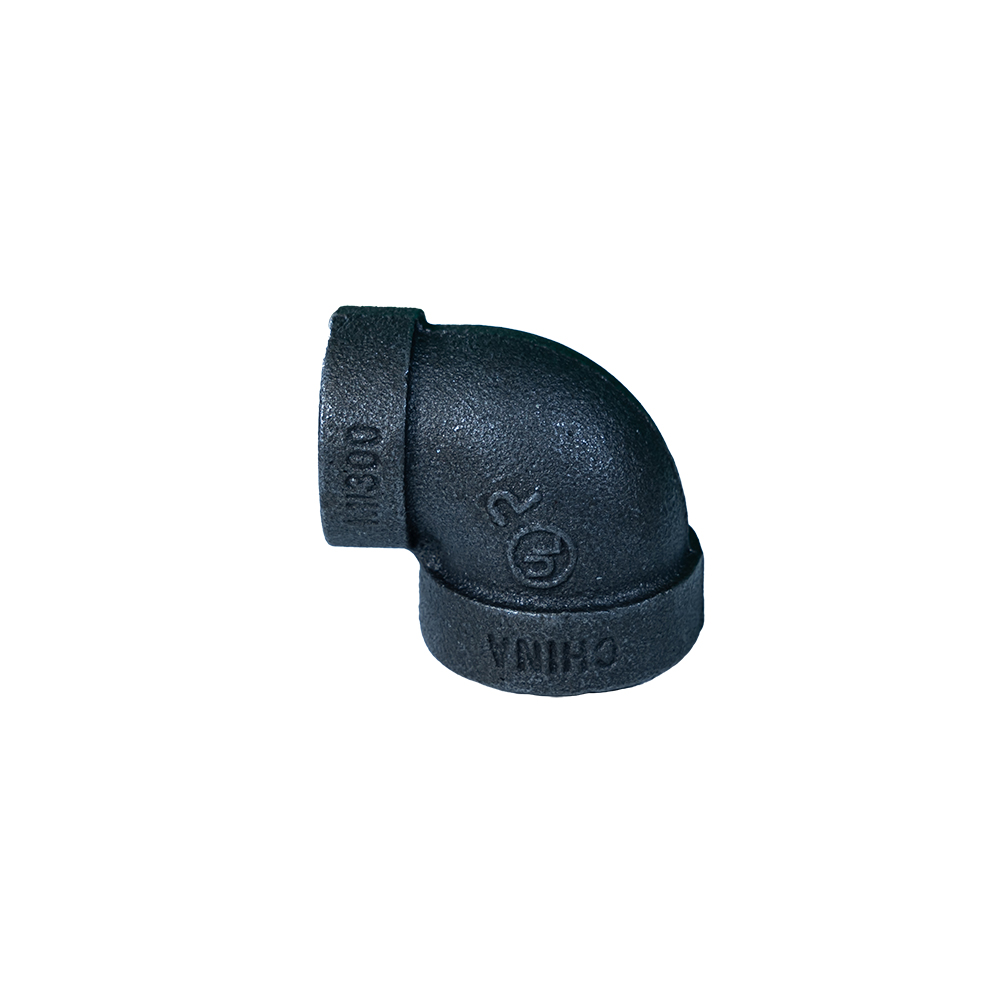Understanding the Criticality of Class 300 Pipe Fittings Pressure Rating in Industrial Applications
In complex industrial environments, the integrity and reliability of piping systems are paramount. Selecting the appropriate fittings is crucial for operational safety, efficiency, and longevity. Among the various classifications, the class 300 pipe fittings pressure rating stands out as a critical specification for demanding applications. This designation, standardized by organizations like ASME, indicates a fitting's ability to withstand specific pressure and temperature thresholds, ensuring robust performance in high-stress conditions. This article delves into the technical aspects, manufacturing excellence, diverse applications, and strategic advantages associated with Class 300 pipe fittings, providing B2B decision-makers and engineers with comprehensive insights for informed procurement and system design.
Our focus extends to the meticulous process flow, adherence to stringent quality controls, and the tangible benefits these fittings deliver across sectors such as petrochemical, power generation, and water treatment. We will also explore the distinct advantages, vendor considerations, and customized solutions that underscore the value proposition of these high-performance components.
The Rigorous Manufacturing Process Flow of Class 300 Pipe Fittings
The production of pipe fittings designed for a class 300 pipe fittings pressure rating involves a sophisticated multi-stage process that prioritizes material integrity, dimensional precision, and structural robustness. Each step is critical to ensure the final product meets the stringent performance requirements for high-pressure industrial applications.
1. Material Selection and Preparation
The foundation of any high-performance fitting lies in its material. For Class 300 applications, common choices include forged carbon steel (ASTM A105), various grades of stainless steel (e.g., ASTM A182 F304/F316), and high-strength alloys, depending on the fluid medium, temperature, and corrosion resistance requirements. For specific applications requiring a balance of strength and ductility, class 300 malleable iron fittings are also utilized, often conforming to ASME B16.3 standards. Raw materials undergo rigorous chemical analysis to verify composition and ensure compliance with industry specifications before entering the manufacturing stream.
2. Casting or Forging
Fittings are typically produced via casting or forging:
- Casting: For certain geometries and materials, precision casting methods like sand casting or investment casting are employed. Molten metal is poured into molds, then allowed to cool and solidify. Advanced casting techniques minimize defects and ensure a dense, uniform structure capable of handling the specified pressure rating.
- Forging: Forged fittings, particularly common for high-pressure applications, involve shaping solid metal billets through compressive forces using hammers or presses. This process refines the grain structure of the metal, enhancing its strength, toughness, and fatigue resistance, making it ideal for the demanding conditions associated with a class 300 pipe fittings pressure rating.
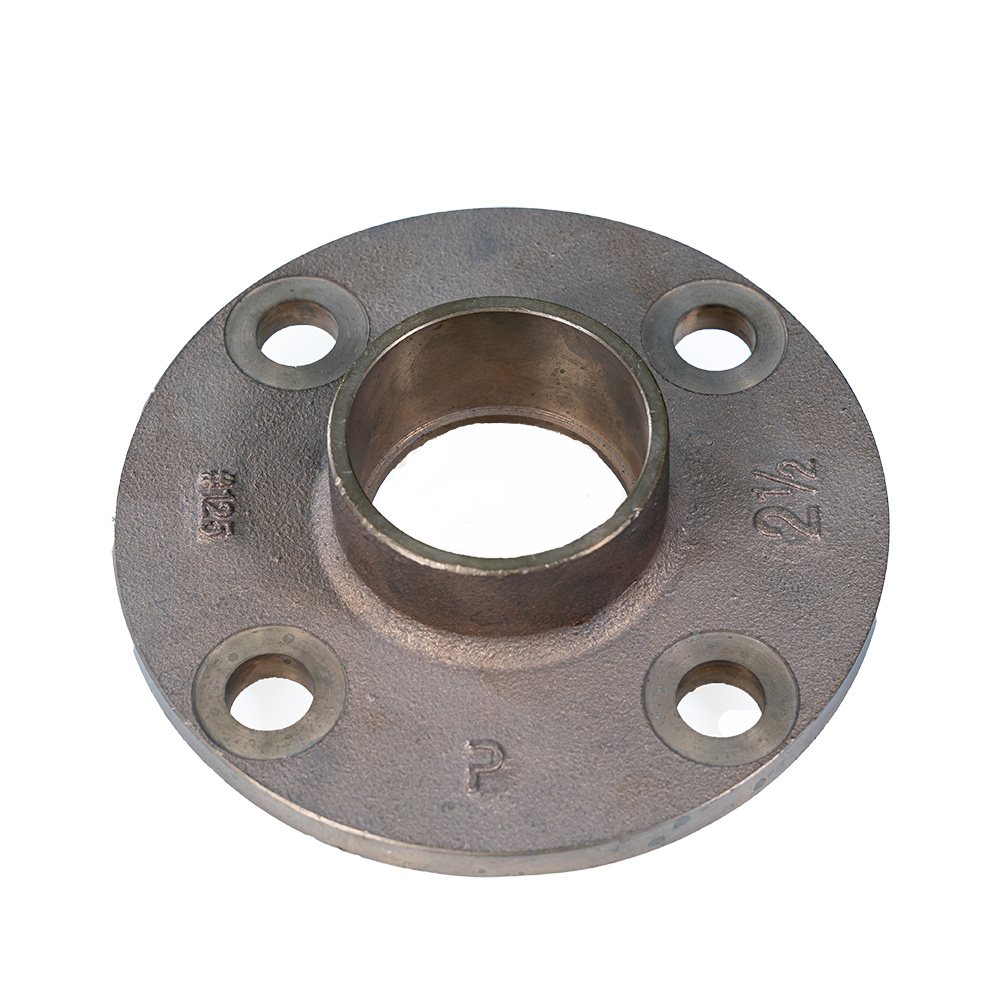
*Advanced casting processes ensure structural integrity for high-pressure applications.
3. Precision Machining (CNC)
Post-casting or forging, the blanks undergo advanced CNC (Computer Numerical Control) machining. This stage is critical for achieving precise dimensions, consistent wall thickness, accurate threading (NPT, BSPT) or weld bevels, and smooth internal and external finishes. Precision machining ensures perfect alignment and leak-free connections, essential for high-pressure systems.
4. Heat Treatment
Depending on the material and desired mechanical properties, fittings may undergo specific heat treatment processes, such as annealing, normalizing, quenching, or tempering. These treatments optimize hardness, ductility, and grain structure, further enhancing the fitting's ability to perform reliably under the specified pressure and temperature ranges, and extending its service life.
5. Surface Treatment and Finishing
Corrosion protection is vital. Fittings may receive various surface treatments, including galvanization, epoxy coating, or passivation for stainless steel, to enhance resistance to corrosive media and environmental degradation. This contributes significantly to the fitting's longevity and performance in challenging environments.
6. Rigorous Quality Control and Testing
Throughout the entire manufacturing process, stringent quality control measures are implemented. Final products undergo a battery of tests to confirm their integrity and adherence to international standards like ISO 9001 (Quality Management Systems), ANSI B16.3/B16.11/B16.9 (Dimensional and Pressure-Temperature Ratings), and ASTM (Material Specifications). Key tests include:
- Hydrostatic Testing: To verify pressure containment capability.
- Non-Destructive Testing (NDT): Ultrasonic testing, magnetic particle inspection, or radiographic testing to detect internal flaws.
- Dimensional Inspection: Ensuring all critical dimensions are within tolerance.
- Material Verification: Positive Material Identification (PMI) to confirm alloy composition.
These meticulous checks guarantee that each fitting fully complies with its intended class 300 pipe fittings pressure rating, offering energy saving, corrosion resistance, and a long service life in target industries like petrochemical, metallurgy, and water supply & drainage.
Current Industry Trends and Market Dynamics
The industrial pipe fittings market is continuously evolving, driven by global infrastructure development, technological advancements, and increasing regulatory demands. Several key trends are shaping the demand and specifications for high-performance fittings, including those with a class 300 pipe fittings pressure rating:
- Sustainability and Efficiency: There's a growing emphasis on energy-efficient and leak-proof piping systems to minimize resource waste and environmental impact. This drives demand for fittings that offer superior sealing capabilities and durability, reducing maintenance and replacement cycles.
- Digitalization and Smart Infrastructure: The integration of smart sensors and IoT devices into piping networks for real-time monitoring of pressure, temperature, and flow conditions is on the rise. Fittings must be compatible with such systems, often requiring precise manufacturing tolerances and material consistency.
- Advanced Materials and Composites: While traditional materials remain dominant, research into advanced alloys and composite materials is leading to fittings with enhanced corrosion resistance, lighter weight, and improved performance in extreme environments.
- Increased Regulatory Scrutiny: Stricter environmental and safety regulations globally necessitate fittings that adhere to the highest international standards, driving manufacturers to invest heavily in quality control and certification processes. This is particularly relevant for critical components like class 300 malleable iron fittings.
- Global Infrastructure Boom: Significant investments in oil & gas pipelines, chemical processing plants, power generation facilities, and water treatment infrastructure in emerging economies are fueling sustained demand for reliable, high-pressure fittings.
Technical Specifications and Performance Metrics
The class 300 pipe fittings pressure rating is a critical indicator of its operational limits, defined by industry standards such as ASME B16.3 for malleable iron fittings and ASME B16.11 for forged steel fittings. These standards specify the maximum allowable non-shock pressure at various temperatures.
Pressure-Temperature Ratings (ASME B16.3 & B16.11)
The following table illustrates typical pressure-temperature ratings for Class 300 fittings. It's crucial to consult the specific material standard (e.g., A105 for Carbon Steel, A182 F316 for Stainless Steel) for precise values, as they can vary slightly.
| Temperature (°F / °C) | Max. Non-Shock Pressure (psi / bar) - Class 300 (WOG) | Applicable Material (Examples) |
|---|---|---|
| -20 to 150°F (-29 to 65°C) | 720 psi / 49.6 bar | Carbon Steel (A105), Malleable Iron (A197) |
| 200°F (93°C) | 700 psi / 48.3 bar | Carbon Steel, Stainless Steel (304/316) |
| 300°F (149°C) | 665 psi / 45.9 bar | Carbon Steel, Stainless Steel, Malleable Iron |
| 400°F (204°C) | 625 psi / 43.1 bar | Carbon Steel, Stainless Steel |
| 500°F (260°C) | 580 psi / 40.0 bar | Carbon Steel, Stainless Steel |
Beyond pressure, other vital parameters include material composition, dimensional tolerances, surface finish, and corrosion resistance properties. Manufacturers provide detailed data sheets for each fitting type, which include chemical analysis, mechanical properties (tensile strength, yield strength, elongation), and hardness values. These details are critical for engineers to ensure material compatibility and system integrity. The robust design inherent in a class 300 pipe fittings pressure rating makes it suitable for applications where lesser-rated fittings would fail.
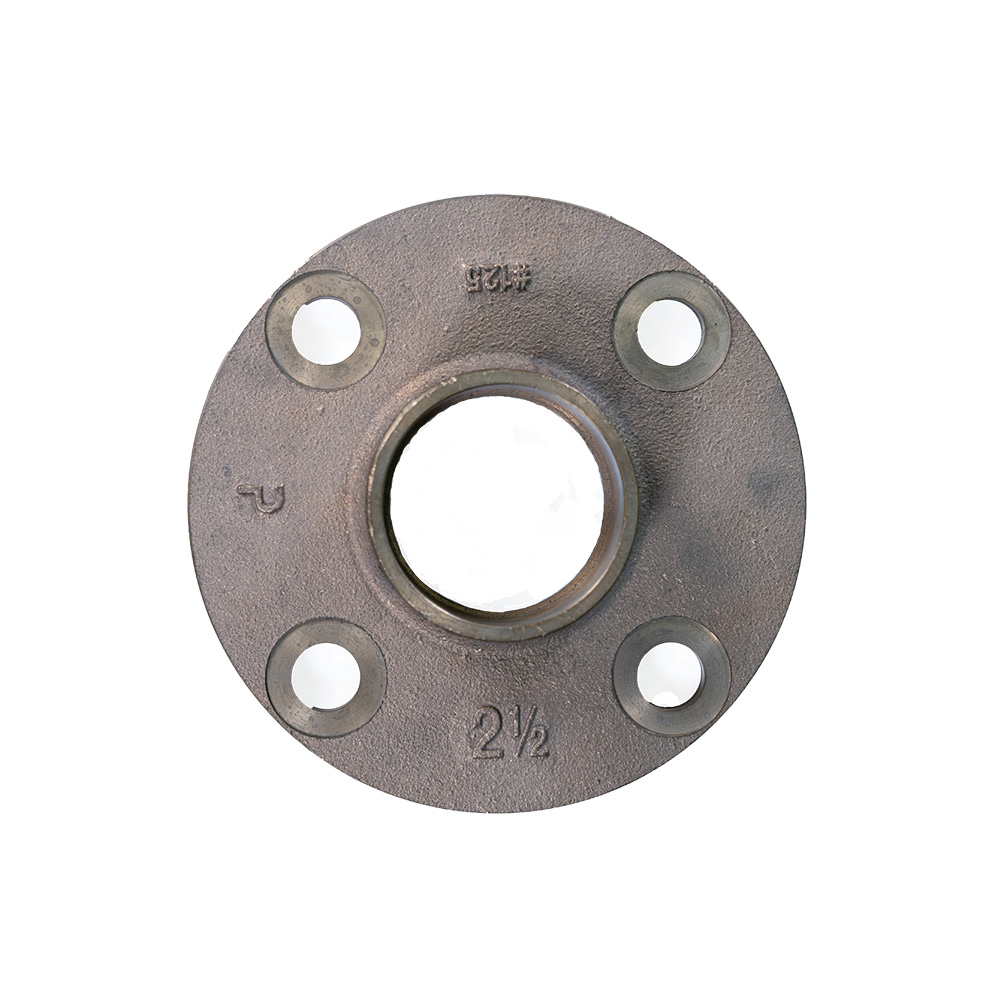
*Precision machining is essential for meeting exact specifications of Class 300 fittings.
Diverse Application Scenarios Across Key Industries
The reliability and robust pressure handling of Class 300 fittings make them indispensable across a multitude of heavy industrial sectors. Their ability to manage elevated pressures and temperatures ensures safe and efficient fluid transport.
- Petrochemical and Oil & Gas: In upstream, midstream, and downstream operations, Class 300 fittings are critical for crude oil and natural gas pipelines, refineries, and chemical processing plants, where high pressures and corrosive media are common.
- Power Generation: Essential for steam lines, condensate return systems, and cooling water circuits in thermal, nuclear, and combined-cycle power plants. They ensure the integrity of systems operating under significant thermal and pressure loads.
- Water Treatment and Distribution: Used in high-pressure pumping stations, industrial water treatment facilities, and large-scale municipal water distribution networks where robust, leak-proof connections are vital for preventing losses and ensuring public safety.
- HVAC Systems: For large commercial and industrial HVAC systems, especially those using chilled water or steam, Class 300 fittings provide the necessary strength and durability.
- Mining and Metallurgy: Employed in slurry transport, hydraulic systems, and processing facilities where abrasion, high pressure, and harsh environments demand exceptionally durable components.
- Manufacturing and General Industry: For various industrial processes involving high-pressure gases (e.g., compressed air, nitrogen) or liquids, where safety and operational continuity are paramount.
The versatility and dependable performance of fittings with a class 300 pipe fittings pressure rating underscore their role as a fundamental component in maintaining industrial infrastructure integrity globally.
Key Technical Advantages and Return on Investment (ROI)
Investing in fittings with a robust class 300 pipe fittings pressure rating yields significant technical and economic advantages for industrial operations, translating directly into a strong return on investment.
- Superior Pressure and Temperature Handling: Designed for demanding conditions, these fittings provide an essential safety margin in systems operating at higher pressures and temperatures, reducing the risk of catastrophic failures.
- Enhanced Corrosion Resistance: When specified in materials like stainless steel or with appropriate coatings, Class 300 fittings offer excellent resistance to a wide range of corrosive fluids and harsh environments, extending system life.
- Longevity and Reduced Maintenance: The robust construction and high-quality materials minimize wear and tear, leading to fewer leaks, reduced downtime, and lower maintenance costs over the system's operational lifespan. This directly impacts operational expenditure (OpEx).
- Improved System Integrity and Safety: By providing secure, leak-proof connections, these fittings enhance overall system integrity, safeguarding personnel and equipment from hazardous fluid leaks and uncontrolled releases.
- Compliance with Industry Standards: Adherence to ASME, ISO, and other international standards ensures interoperability, quality assurance, and global recognition, simplifying design and procurement processes.
- Application Versatility: Suitable for a broad spectrum of media, from water and steam to aggressive chemicals and hydrocarbons, offering flexibility in system design and material selection, including specialized class 300 malleable iron fittings.
The initial investment in high-quality Class 300 fittings is quickly offset by reduced operational risks, decreased maintenance, and extended asset life, demonstrating a compelling ROI for critical infrastructure projects.
Vendor Comparison and Strategic Selection Criteria
Choosing the right supplier for Class 300 pipe fittings is as crucial as selecting the fittings themselves. A strategic vendor comparison goes beyond mere pricing, focusing on long-term value, reliability, and support. Key criteria for evaluation include:
| Criteria | Importance Level | Description & Impact for Class 300 Fittings |
|---|---|---|
| Certifications & Standards Adherence | Critical | Ensures fittings meet ISO 9001, ASME B16.3/B16.11, API, and other relevant national/international standards for pressure, material, and dimensions. Non-negotiable for safety and performance. |
| Material Quality & Traceability | High | Verification of raw material origin, mill test reports (MTRs), and consistent quality. Essential for predicted service life and specific properties (e.g., corrosion resistance). |
| Manufacturing Expertise & Technology | High | State-of-the-art casting, forging, and CNC machining capabilities ensure dimensional accuracy and structural integrity of the class 300 pipe fittings pressure rating. |
| Quality Control & Testing Procedures | Critical | Robust NDT, hydrostatic testing, and dimensional inspection protocols. Provides confidence in product reliability and compliance. |
| Customization Capabilities | Medium | Ability to produce non-standard sizes, specialized materials, or unique designs to meet specific project requirements without compromising performance. |
| Lead Time & Logistics | Medium | Reliable delivery schedules and efficient global logistics are essential to avoid project delays and maintain operational continuity. |
| Technical Support & After-Sales Service | High | Access to engineering expertise for design assistance, troubleshooting, and prompt support for any product-related issues. |
A reputable vendor will not only supply high-quality Class 300 fittings but also act as a trusted partner, offering technical guidance and ensuring that the selected products align perfectly with project specifications and performance expectations.
Customized Solutions and Expert Engineering Support
While standard Class 300 fittings fulfill many requirements, complex industrial projects often necessitate tailored solutions. Leading manufacturers provide extensive customization capabilities and robust engineering support to address unique challenges.
- Specialized Materials: Customization may involve using specific alloys (e.g., Duplex, Super Duplex stainless steels) for enhanced corrosion resistance, high-temperature strength, or cryogenic applications beyond standard offerings.
- Non-Standard Dimensions and Geometries: For unique piping layouts or equipment interfaces, manufacturers can produce fittings with custom dimensions, angles, or multi-port configurations, ensuring seamless integration.
- Unique Connection Types: While standard threaded or weld connections are common, custom designs might include specialized flanges, quick-connect systems, or hybrid connection methods.
- Performance Optimization: Engineering teams can work with clients to optimize fitting design for specific flow characteristics, pressure drop minimization, or vibration dampening.
- Surface Treatments and Coatings: Beyond standard options, custom protective coatings (e.g., ceramic, PTFE linings) can be applied for extreme chemical resistance or reduced friction.
Expert engineering support often includes CAD design, finite element analysis (FEA) for stress testing, material selection guidance, and consulting on regulatory compliance. This collaborative approach ensures that even highly specialized Class 300 fittings meet all performance and safety requirements, providing significant value to project execution.
Real-World Application Case Studies
Case Study 1: High-Pressure Steam System Upgrade in a Chemical Plant
A major chemical processing plant faced frequent failures in its aged steam distribution network, operating at 600 psi and 450°F. The existing Class 150 fittings were inadequate, leading to costly leaks and safety hazards. Upon consultation, the plant decided to upgrade critical sections using forged carbon steel fittings with a class 300 pipe fittings pressure rating (ASME B16.11). The project involved replacing elbows, tees, and couplings. Post-installation, the system has demonstrated zero leaks over two years, significantly improving operational safety and reducing steam losses by an estimated 15%, leading to substantial energy savings. The robust design of the Class 300 fittings ensured a much longer service life and higher reliability compared to the previous installation.
Case Study 2: Corrosive Wastewater Transport in a Mining Operation
A large mining company encountered severe corrosion issues in its effluent treatment system, which handled highly acidic wastewater under moderate pressure (250 psi). Standard carbon steel fittings had a service life of less than a year. The solution involved implementing Class 300 stainless steel (316L) threaded fittings for its superior corrosion resistance and enhanced pressure capacity. Despite the Class 300 rating exceeding the immediate pressure need, the choice was justified by the need for increased material thickness and the inherent durability of the higher-class material. This upgrade has extended the service life of fittings to over five years, drastically cutting replacement costs and minimizing environmental risks from leaks. This demonstrates how a higher class 300 pipe fittings pressure rating can also indicate superior material properties suitable for corrosive, rather than just high-pressure, applications.
Frequently Asked Questions (FAQ)
Q1: What does "Class 300" signify in pipe fittings?
A: "Class 300" refers to a pressure-temperature rating designation, primarily from ASME standards. It indicates the maximum allowable non-shock working pressure (in pounds per square inch, psi) a fitting can safely withstand at various temperatures. For instance, a Class 300 fitting can handle 720 psi at -20°F to 150°F.
Q2: What materials are commonly used for Class 300 pipe fittings?
A: Common materials include forged carbon steel (e.g., ASTM A105), various grades of stainless steel (e.g., ASTM A182 F304/F316), and for specific applications, high-strength alloys or class 300 malleable iron fittings (per ASME B16.3).
Q3: How do Class 300 fittings compare to Class 150 fittings?
A: Class 300 fittings are designed for significantly higher pressure and temperature applications compared to Class 150. They typically have thicker walls, stronger materials, and more robust construction to withstand greater operational stresses. Always select the appropriate class based on system design pressure and temperature.
Q4: Are Class 300 fittings suitable for corrosive environments?
A: The suitability depends on the material chosen. While the class 300 pipe fittings pressure rating defines pressure capacity, the material (e.g., 316L stainless steel, Duplex) provides corrosion resistance. Always match the material to the specific corrosive media present in the system.
Q5: What testing standards apply to Class 300 pipe fittings?
A: Key testing standards include ASME B16.3/B16.11 (dimensions and ratings), ASTM (material specifications), ISO 9001 (quality management), and various NDT methods (hydrostatic, ultrasonic, magnetic particle inspection) to ensure structural integrity and absence of flaws.
Procurement, Warranty, and Customer Support
Lead Time and Fulfillment Details
Manufacturers of Class 300 pipe fittings understand the critical nature of timely delivery for industrial projects. Standard products are often available for immediate dispatch from stocked inventory. For custom orders, lead times typically range from 4 to 12 weeks, depending on material availability, complexity of design, and current production schedules. We operate with a highly efficient logistics network to ensure prompt and reliable global delivery, including expedited shipping options for urgent requirements.
Warranty Commitments
Our Class 300 pipe fittings are backed by comprehensive warranties, typically ranging from 1 to 5 years, against manufacturing defects and material failures under normal operating conditions. Specific warranty terms are provided with each quotation and product specification, reflecting our confidence in product quality and adherence to strict engineering standards. This commitment underscores the long-term reliability of our class 300 pipe fittings pressure rating products.
Dedicated Customer Support
We offer dedicated technical and after-sales support to assist clients at every stage, from product selection and design integration to installation guidance and troubleshooting. Our team of experienced engineers and customer service professionals is available to provide expert advice, ensuring optimal performance and seamless project execution. Contact us via phone, email, or our online portal for prompt assistance.
Conclusion: The Enduring Value of Class 300 Fittings
The selection of pipe fittings with a robust class 300 pipe fittings pressure rating is not merely a technical decision but a strategic investment in the safety, efficiency, and longevity of industrial infrastructure. From meticulous material selection and advanced manufacturing processes to rigorous quality control and diverse application capabilities, these fittings represent the pinnacle of engineering for high-pressure and high-temperature environments. By understanding the detailed specifications, adhering to industry best practices, and partnering with reputable suppliers offering customized solutions and comprehensive support, industries can ensure the integrity of their critical piping systems for decades to come. The enduring value derived from reduced operational risks, minimized maintenance, and extended service life firmly establishes Class 300 fittings as an indispensable component in modern industrial operations.
References
- ASME B16.3: Malleable Iron Threaded Fittings: Classes 150 and 300. The American Society of Mechanical Engineers, 2018.
- ASME B16.11: Forged Fittings, Socket-Welding and Threaded. The American Society of Mechanical Engineers, 2016.
- ISO 9001:2015: Quality management systems — Requirements. International Organization for Standardization, 2015.
- ASTM A105/A105M: Standard Specification for Forgings, Carbon Steel, for Piping Components. ASTM International, 2018.
- ASTM A182/A182M: Standard Specification for Forged or Rolled Alloy and Stainless Steel Pipe Flanges, Forged Fittings, and Valves and Parts for High-Temperature Service. ASTM International, 2021.
- Mohr, J. G., & Clapp, W. P. (1985). Engineering Materials and Processes Desk Edition. Van Nostrand Reinhold.
Post time: 8 月-26-2025


